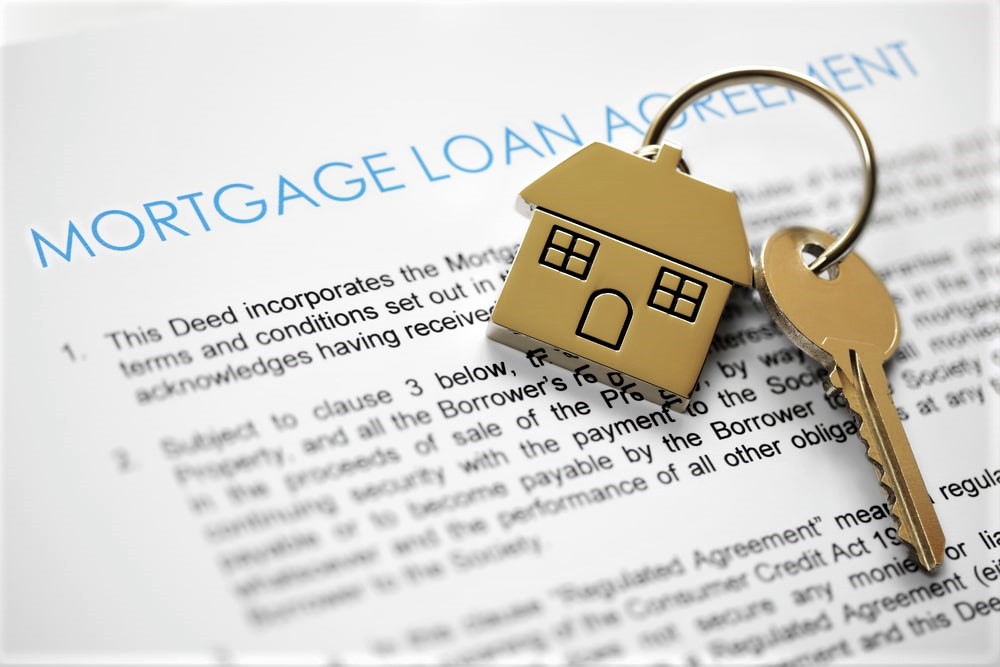mortgages vs loans Do you always get confused between the loan and mortgage? They are like two sides of a coin; both are different but also connected in some ways. Borrowers usually interchange their roles and get confused; however, both the terms are broad and cover a full area.
A comparative study below will help you realise the actual role of a loan and a mortgage. Before we start a comparison, you should know that a loan can be a personal as well as a home loan. Perhaps it is better to take the three aspects of personal loan, home loan, and mortgage for comparison.
| PERSONAL LOAN | HOME LOAN | MORTGAGE |
| DEFINITION– A personal loan is for the small-term financial needs that do not demand a huge amount of money. | A home loan is for the sole purpose of home buying. It is a long-term loan and a type of mortgage. | A mortgage is an umbrella term for all sorts of property loans for residential (home loan) as well as commercial purposes. |
| Purpose – A personal loan is multipurpose and can be used for any financial need (small) in life. Such as –
For the medical purpose, educational expenses, weekend trip, wedding costs, home shifting etc. |
A home loan is used only for home buying. | The mortgage is also used for a definite purpose according to its type. For example – a commercial mortgage helps your buy a business property and serves no other purpose. However, some people explore the different mortgage types, such as remortgage to borrow extra money for debt consolidation/debt management. |
| DOCUMENTS – 1) Salary proof of 3 to 6 months. 2) bank statement
3) Address proof |
1) Payment history record
2) Employment stability proof for job continuity 3) Current income status 4) Address proof 5) Description of financial as well as tangible assets such as savings, other property, investment |
1) Credit record just like payment history in home loan
2) Salary proof(1-year minimum) /business financial records(3years) for self-employed applicants 3) Bank statement 4) Address proof 5) Record of financial and tangible assets just like home loan |
As you can see in the above two points of ‘definition’ and ‘document’ all three loan products have their nature and features. At some point, they all are the same such as the need for salary proof, bank statement, and address proof is the same. However, in the personal loan, there is no need to show employment stability, and the salary details are required for the last 6 months only. Whereas in home loans and mortgage the same thing is necessary for one year and the self-employed it is 3 years.
| Personal loan | Home loan | Mortgage |
| DEPOSIT– No deposit required | The minimum deposit is 5%, but according to the financial conditions of the applicant, it can extend up to 10% to 15%. | The minimum is 5% for the residential mortgage, but for a commercial mortgage like buy-to-let, the minimum down payment starts from 25%. |
| PROCEDURE – The process is small and takes a short time from a few hours to two business days.
|
Lengthy procedure minimum of 18 – 45 days are required. | Similar to home loans but may vary according to the mortgage type. |
You know what, the tenure of a loan matters a lot. The home loan and mortgage both are long term loans, and thus they look the same on every aspect, and personal loan acts a bit different. It has a different nature and a very different purpose to serve. However, a fascinating fact is that a personal loan can solve a pressing concern at the time of home/property buying. Some people take a personal loan to arrange adequate money for the deposit. If they are in a hurry and want to buy the property fast, they use this method as a tool to arrange funds.
| Personal loan | Home loans | Mortgage |
| TYPES – peer-to-peer social loans, bad credit loans, debt consolidation loans, etc. | Only home loan | Residential mortgage, commercial mortgage, remortgage, mortgage for moving home, mortgage for self-employed. |
| INTEREST RATE – Fixed rate | Fixed-rate (for a certain period 2 to 5 years), variable rate, tracker rate. | Similar to home loan |
| INSTALMENT METHOD – Repayment method in which the borrower pays monthly instalments that include interest + principle | 1) Interest-only and 2) repayment
1) In interest-only, the borrower pays the interest, and the principal is paid at the end of the tenure in a lump sum amount. 2) In repayment method, the loan holder pays just like personal loan, i.e. interest + repayment. |
The mortgage is also same in the repayment part. |
| REQUIRED CREDIT SCORE – Obviously, priority is to excellent and good credit score but poor credit people with good income can also borrow funds. | Yes, similar to personal loans, poor credit home loans are available with higher deposit demand and higher rates. | Again, similar to personal and home loans, funds are attainable through bad credit mortgages. Here also the rates are higher and the deposit amount is bigger than the minimum. |
The above comparison makes it easy to know where the three loan types different and where they remain the same. Your financial decisions should always be backed-up with an adequate bunch of knowledge. Rational attitude ensures a safe take on debts and facilitates better debt management. Smart money management comes through financial literacy, and for that, one needs to know all the aspects of the money world.








